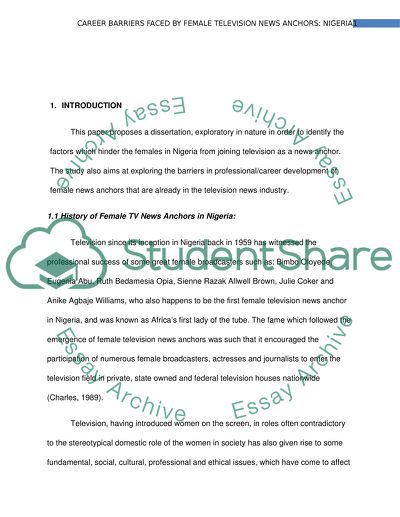Cite this document
(“An Investigation of Career Barriers for Female Television News Anchor Essay”, n.d.)
Retrieved from https://studentshare.org/family-consumer-science/1420795-an-investigation-of-career-barriers-for-female
Retrieved from https://studentshare.org/family-consumer-science/1420795-an-investigation-of-career-barriers-for-female
(An Investigation of Career Barriers for Female Television News Anchor Essay)
https://studentshare.org/family-consumer-science/1420795-an-investigation-of-career-barriers-for-female.
https://studentshare.org/family-consumer-science/1420795-an-investigation-of-career-barriers-for-female.
“An Investigation of Career Barriers for Female Television News Anchor Essay”, n.d. https://studentshare.org/family-consumer-science/1420795-an-investigation-of-career-barriers-for-female.


